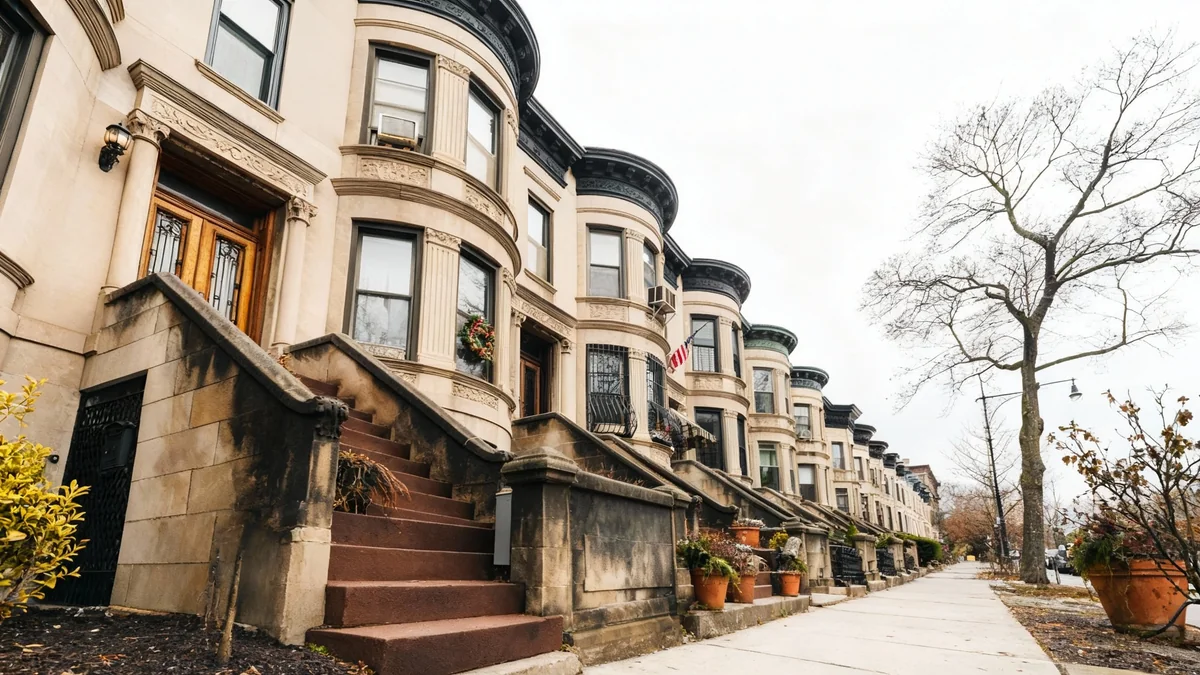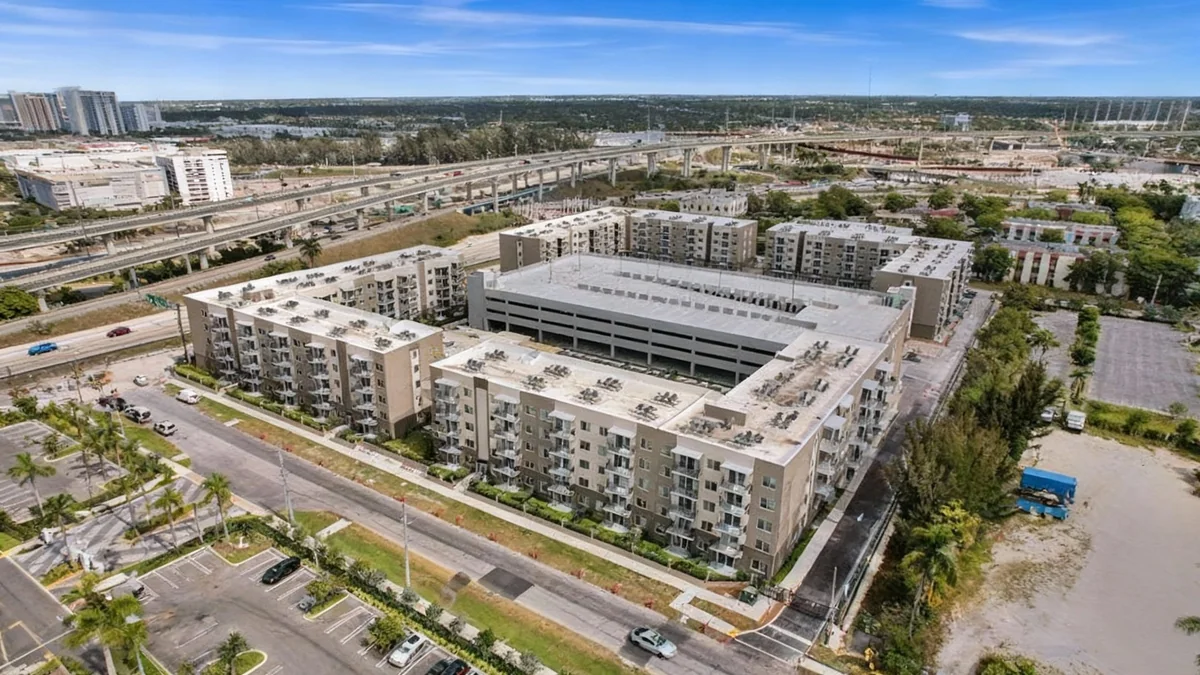Real estate investors acquired one-third of all single-family homes sold in the United States during the second quarter of 2025, marking the highest level of investor activity in the past five years. This increase occurred even as the total volume of home sales declined, according to a new report from CJ Patrick Co. which utilized data from real estate provider BatchData.
The data shows that investor market share rose to 33.3% in the second quarter, a significant jump from 27% in the first quarter of 2025 and higher than the 25.7% recorded for the full year of 2024. While investors purchased 16,000 fewer homes compared to the same period last year, the overall market slowdown meant their purchases represented a larger portion of total sales.
Key Takeaways
- Investor purchases accounted for 33.3% of single-family home sales in Q2 2025, a five-year high.
- Small investors, owning ten or fewer properties, represent over 90% of the investor market.
- Large institutional investors have been net sellers for six consecutive quarters, shifting focus to build-to-rent projects.
- The average price paid by investors was $455,481, which is below the national average home price of $512,800.
Understanding the Rise in Investor Market Share
The second quarter of 2025 saw a notable shift in the composition of homebuyers. While the total number of property transactions weakened compared to the previous year, the proportion of homes bought by investors reached a new peak. This trend highlights the persistent role of investors in a cooling market.
According to the report, the increased market share is a function of a slower overall sales environment rather than a surge in the absolute number of investor purchases. Investors continue to own approximately 20% of the 86 million single-family homes across the country.
Providing Market Liquidity
In a market with fewer traditional buyers, investors often step in to provide necessary liquidity. They purchase properties that might otherwise linger on the market, helping to facilitate transactions for sellers who need to move their properties.
Investors are also contributing to housing inventory. In the second quarter, they sold more than 104,000 homes. Ivo Draginov, co-founder of BatchData, noted the dual role investors play in the current climate.
"While investors purchased more homes than they sold in the second quarter, they did sell over 104,000 homes, with 45% of those sales going to traditional homebuyers," said Draginov. "So in addition to the important role investors continue to play providing necessary liquidity to a weak home sales market, they’re also bringing much-needed inventory – both rental properties, and homes for owner-occupants – to the market.”
The Dominance of Small Investors
Despite headlines often focusing on large corporations, the data reveals that the vast majority of real estate investment activity is driven by smaller players. Individuals and small companies owning ten or fewer properties make up an overwhelming 90% of the investor-owned market.
This group stands in sharp contrast to large-scale institutional investors, who are defined as those holding 1,000 or more properties. These major firms account for just 2% of all investor-owned homes in the United States.
A Shift in Strategy for Large Institutions
A significant trend has emerged among the nation's largest landlords. For the sixth consecutive quarter, institutional investors have been selling more homes than they are buying. An analysis from Parcl Labs confirmed that major companies like Invitation Homes, Progress Residential, American Homes 4 Rent, and FirstKey Homes were all net sellers in the third quarter of 2025.
Rick Sharga, CEO of CJ Patrick Co., explained that this does not signal an exit from the residential market. Instead, it represents a strategic pivot.
"They’re not exiting the space, just diverting capital into build-to-rent communities," Sharga stated. "But this shift means less competition for small investors and traditional homebuyers, while also adding more rental supply, which is needed in today’s market where younger adults often opt to rent since they can’t afford to buy a home.”
This move towards new construction of rental communities allows large firms to expand their portfolios while selling off individual, geographically dispersed homes from their existing stock.
Investment Patterns and Pricing Strategies
Investors typically target properties at the lower end of the price spectrum, as these homes often provide the greatest potential for appreciation and rental yield. This strategy remained consistent in the second quarter of 2025.
Investor Purchase Price vs. National Average
- Average Investor Purchase Price (Q2 2025): $455,481
- National Average Home Price (Q2 2025): $512,800
- Large Institutional Investor Average Purchase Price: $279,889
The average price investors paid was nearly $57,000 below the national average. However, the $455,481 figure was the highest average purchase price for investors in the last six quarters, reflecting the overall rise in home values nationwide.
Large institutional investors focused on even more affordable properties, with an average purchase price of just $279,889. Their average sale price for properties they offloaded was $334,787, indicating a focus on capturing gains in lower-cost markets. These large-scale operations are most concentrated in the Midwest and South, where home prices are generally below the national average.
Geographic Distribution of Investor Activity
The concentration of investor-owned homes varies significantly by state, influenced by population size, economic factors, and tourism.
States with Highest Volume
Unsurprisingly, the states with the largest number of investor-owned properties are also the most populous:
- Texas
- California
- Florida
These states have large housing stocks and diverse economic centers that attract both small and large investors.
States with Highest Percentage
When measured as a percentage of the total housing stock, a different picture emerges. States with smaller populations but significant tourism and second-home markets show the highest concentration of investor ownership.
- Hawaii
- Alaska
- Montana
- Maine
In these areas, a larger share of the housing is used for short-term rentals or as vacation properties, which are primarily investor-owned. This highlights the diverse strategies investors employ, from providing long-term rental housing in major metropolitan areas to catering to the tourism industry in scenic locations.





